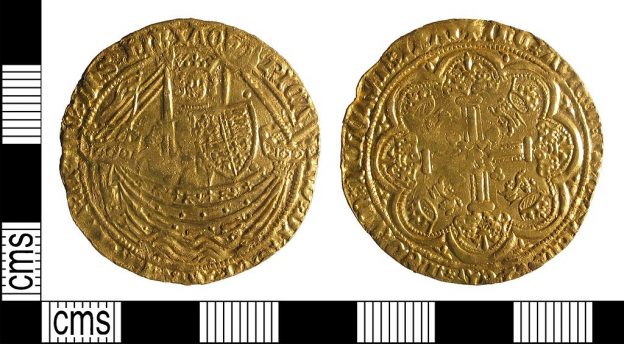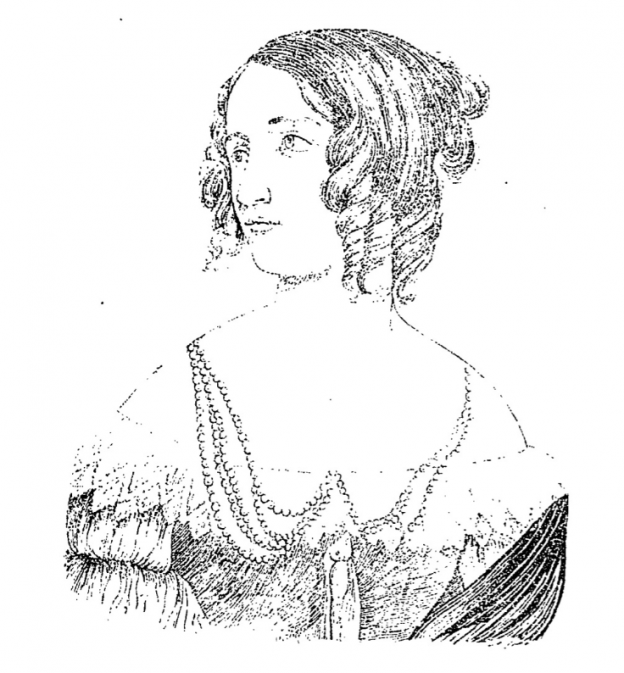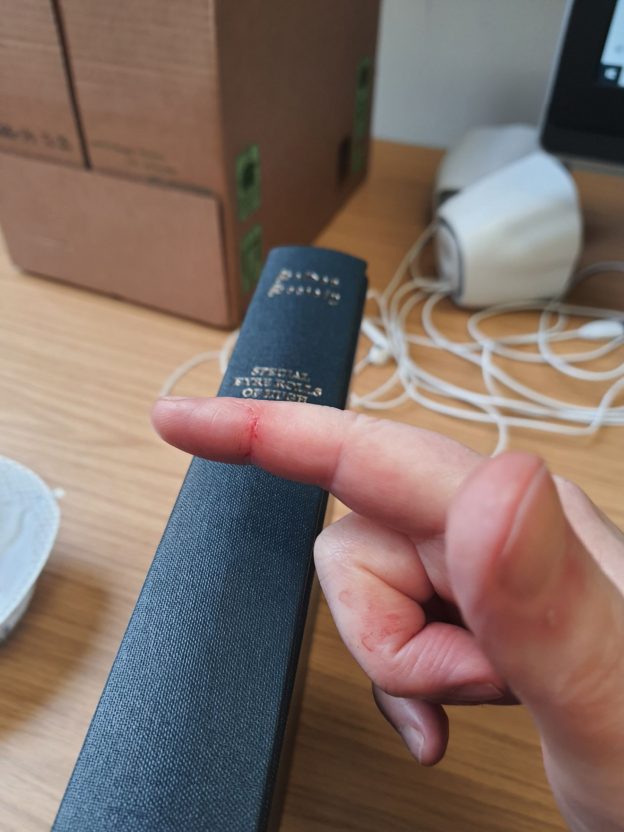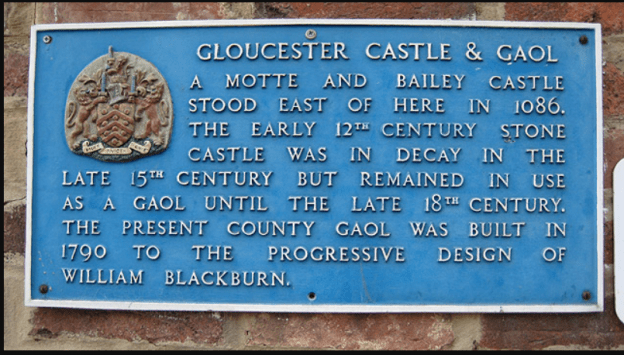This is dangerously late for my tastes, but a serendipitous choice of podcast to accompany me on a walk the other day (something by Lucy Worsley on Queen Victoria) brought me to a story I had never known. Undoubtedly those who work on the 19th C know all about it, as may others with a better all round general knowledge, but I had not heard of the episode, and, as it happens, it has some relevance to a project I am just finishing (the one on ‘unknowns at the start of life’, inc. bastards and the beginnings of human life).
The episode involved a young(ish) aristocrat, Lady Flora Elizabeth Hastings (b. 1806), who occupied the position of Maid of Honour to the Duchess of Kent (Queen Victoria’s mother). She died in 1839, after something of a scandal, which does not make Queen Victoria and her court look at all good.
Briefly, the problem arose because Flora had a swollen abdomen, and of course it was rumoured that she was pregnant (no doubt euphemistically whilst being – shock – unmarried …. She denied it, but the rumour went round the court, and was enjoyed by those – including the Queen – who were at odds with the faction represented by the Duchess of Kent, and so, by extension, by Flora. A physical examination was insisted upon, and Flora agreed to it, despite the humiliation, because she wished to end the scandal and rumour attached to her name. The examination came back negative (though there is some suggestion that the doctors, despite having certified non-pregnancy, were suggesting to Queen Victoria that Flora might still be pregnant). Flora got very ill and died, however, and public opinion was against Victoria and her doctor. After Flora’s death, it was made clear that she was not pregnant, but had had cancer. The matter was much discussed in the press, and it did nothing for the reputation of court or medical profession.
Using a letter she had written to her uncle, Mr Hamilton Fitzgerald, published in the Morning Post (2) supplemented as to dates from the other sources below, the following timeline can be constructed:
- January 1839. Flora comes to London, and has already ‘been suffering for some weeks from bilious derangement, … pain in the side and swelling of the stomach’
- 10th January, 1839. she consults Sir James Clark, who, physician to the Duchess of Kent and the Queen. Clark’s treatment is unsuccessful, but Flora’s self-care remedy of ‘walking and porter’ results, she reports, in an increase in strength amd reduction of the abdominal swelling.
- 16th February 1839. Clark comes to Flora’s room, accuses her of being pregnant and tries to get her to confess that this is the case. His sources are ‘the ladies of the palace’. Flora denies being pregnant. Clark says that the only way Flora can ‘remove the stigma from [her] name’ is to ‘[submit] to a medical examination’. The Queen was in on this plan, and effectively ordered the examination. Flora named some other ladies of the court as having been particularly active in setting this up, though the Duchess of Kent is exonerated.
- 17th February 1839, the examination went ahead (interestingly, the consent of the Duchess of Kent was required, while Flora ‘submitted’ in order to clear her name. What followed she described as ‘the most rigid examination’, at the end of which ‘her accuser’, Sir James Clark, and Sir Charles Clark, signed a certificat ‘stating, as strongly as language can state it, that there are no grounds for be[1]lieving that pregnancy does exist, or ever has existed’.
- 8th March 1839 Flora writes to her uncle, setting out her story.
- 5th July, 1839. Flora dies. Post mortem examination, at Flora’s request, by Sir Benjamin Brodie and Sir Astley Cooper, which published its findings officially, and found that she had died of ‘long standing disease of the liver’, and that ‘The uterus and its appendages presented the usual appearance of the healthy virgin state.’ (1)
As the Lancet put it,
‘The publication of this post[1]mortem examination is the best reply which could have been given to the slanderers of an illustrious personage, and of a distin]guished physician. No mental emotion could have produced, or even considerably accelerated the progress of the diseaae from which Lady FLORA HASTINGS died ; and if the symptomatic swelling of the abdomen were, by some, mistaken for pregnancy, it could not have been by one who knew that in pregnancy the swelling is developed from below upwards.’ (1)
There were, shall we say, differences of emphasis in terms of whether it was an outrage or a rational scientific thing to insist on examining Flora’s abdomen. Guess which side the Lancet was on … want a clue?
‘Had Lady Flora Hastings permitted her physician to have made an accurate external examination of the abdomen, at an eurly stage of her complaint, she would probably have been spared the pain and humttiation to which she was subsequently exposed. Many a female has undermined heutth and compro[1]mised existence, through similar feelings of mistaken delicacy’ (3)
(translation: ‘The ladies, eh – what are they like! It was her own silly fault!’]
The resonances this episode has for me, and my projects, concerns detection of pregnancy and the role of medical expertise in this. One of the things which comes out of an examination of the history of pregnancy detection in the more strictly legal context (for deferral of execution, or for the purposes of succession disputes) is that there was quite a difference between England and Wales on the one hand, and the rest of western Europe, on the other, in terms of who was given the task of saying whether a woman was, or was not pregnant. In England and Wales, the use of women – the jury of matrons, or jury de ventre inspiciendo – continued long after it was phased out in other jurisdictions, in favour of (male) medical professionals. Instinctively, we may see the medical professional model as preferable. This case troubles those waters somewhat – since it seems to bring home the questionable nature of medical expertise (and ethics?). It certainly damaged the reputation of Sir James Clark himself. It does make me wonder whether, at that stage in the history of medical research and education, there might have been some over-claiming of expertise.
To somebody coming from a modern Law School, the case also, of course, raises the hackles, in that it seems to amount to the forcing upon a (very sick) woman of an unpleasant and humiliating examination. For all that Flora agreed to the procedure, after her initial horror, this appears very much to have been something she thought she had no real option not to suffer: the rumours and scandal were bad enough, but she was also told that she would not be allowed to attend court functions if not ‘cleared’ of being pregnant (and thus a total, hopeless, sinner …) Neither Flora nor contemporaries seem to have gone down a ‘coerced consent’ line in their objections, but there was certainly outrage at the gossip and the persecution of this poor woman, and the rough, questionably competent and generally unpleasant conduct of the doctor.
Queen Victoria not at all nice – official.
GS
1/1/2022
Image – Flora, from source 4, below. Not a very good drawing, I must say.
Sources:
- ‘Lady Flora Hastings’, Lancet, 32, no. 828, 1839, pp. 587–587
- ‘The Late Lady Flora Hastings’, Lancet, vol. 32, no. 833, 1839, pp. 762–763.
- ‘Sir James Clark’s Statement of the Case of the Late Lady Flora Hastings’, Lancet, vol. 33, no. 842, 1839, pp. 126–126.
- Horace Wyndham, The Mayfair Calendar : Some Society Causes Célèbres. (Hutchinson, 1925).
- D. Reynolds, ‘Hastings, Lady Flora Elizabeth (1806-1839) courtier, ODNB.









